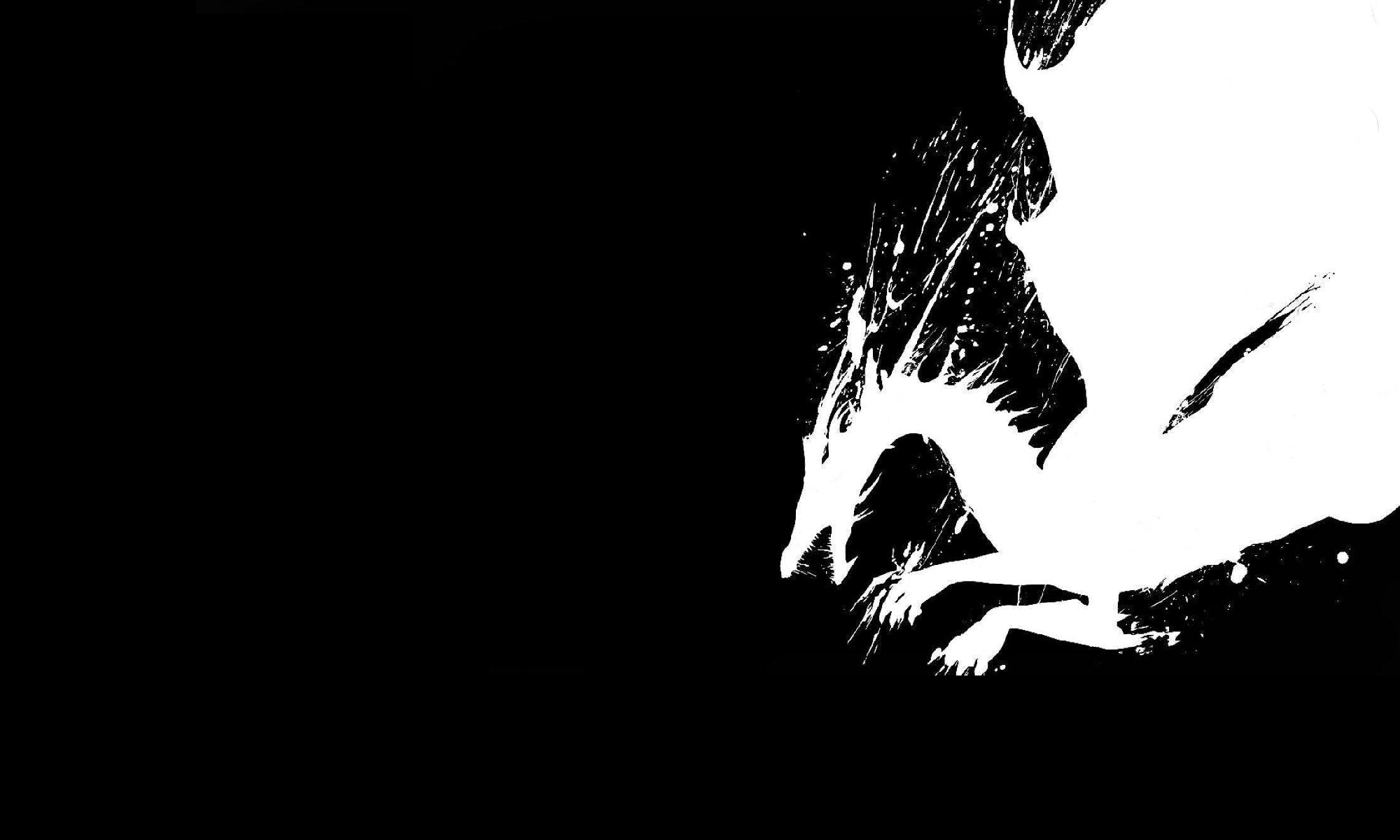Lord Anshar’s heritage?

Lord Anshar is the grandson of Tiamet, who is his maternal grandmother. Tiamet is the dragon goddess of heaven and creation and the most powerful god in the Convergence pantheon because she holds the breath of life, her mate is Abzu (Lord Anshar’s maternal grandfather), the dragon god of the earth. Together they had one child, a dragon therian daughter, named Lahamu. Lahamu is Lord Anshar’s mother, and her mate and Lord Anshar’s father is Ajax. Ajax is the first descendant dragon therian son of Umbrea, the dragon goddess of the sea, and Ignis, the dragon god of fire. Lord Anshar is not just the descendant of one god, all four of his grandparents were powerful dragon gods and masters of the elements, which is why at the time of the events in the Convergence storyline, he is the most powerful therian. His parents are still alive, but like most first discendant therians, they have become dormant. Dormancy is explored further in book three.
What kind of sadist are you to let Halea get beat up so badly in book 2?
I had planned Halea’s confrontation with Rafe since the beginning; in fact, I looked forward to it, probably more so than any other one scene in the entire series. You see, too many action, adventure, or fantasy novels have fight scenes where the hero/heroine battles the bad guy and always comes out without a scratch, it’s just not realistic. Real fights have real consequences. If your protagonist always wins so easily, there aren’t any stakes; there’s no suspense or anxiety for the reader when it comes to the protagonist’s safety. Writing (arguably a form of art) should invoke a strong reaction from the reader to encourage them to empathize with the characters. If you feel nothing for the characters, the characters don’t matter, and ultimately, the story doesn’t matter. Most people like to root for the underdog and see people overcome insurmountable odds. If the battles are too easily won, there is no true satisfaction, and it’s harder to invest in the characters.
One of my all-time favorite movie fight scenes is from Street Fighter II, the animated movie. Now, to be fair, the movie is awful, in most regards, but one scene always stood out to me; when Chun-Li had to fight against Vega. This scene is excellently executed, despite the crappy movie in which it takes place. Chun-Li is depicted as vulnerable; she’s in her hotel alone at night, wearing her night attire (baggy t-shirt to sleep in and some underwear, and not in a fanservice way), relaxing to music and putting up her hair. The viewer feels that the character is in a state of comfort, which makes the vulnerability all the more alarming when she’s attacked by her armed assailant and has to rely on nothing but her martial arts skills and household implements to defend herself. Every hit, cut, kick, and punch, seems more jarring for the viewer because it feels grittier. You can see that she’s at a significant disadvantage and that her opponent is likely to win, which causes the viewer to grow anxious on her behalf as she continues to suffer one physical trauma after another, until at last she overcomes the odds through sheer willpower, and defeats her enemy. Her victory feels earned because you see her struggle against the odds to save her own life, and this, in turn, causes the viewer to value the character’s life and to empathize.
